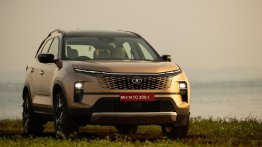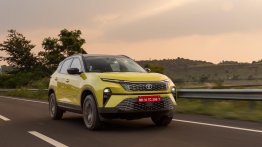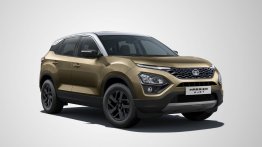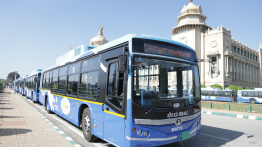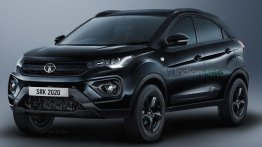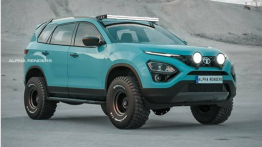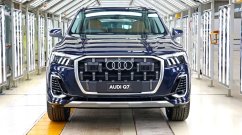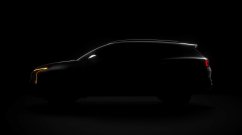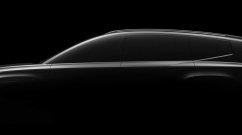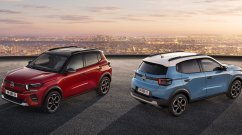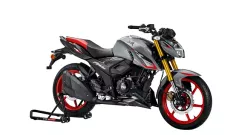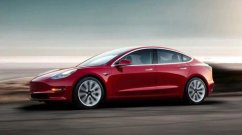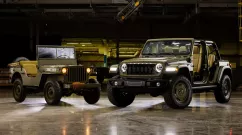Tata Motors is gearing up towards the launch of one of its most awaited SUVs, the Tata Harrier, which is announced to go on sale in January 2019. The Harrier has to be a success story for Tata Motors, which in the past, has lost costly bets in selling premium vehicles in India.

The Tata Aria is a classic case study wherein buyers rejected the product, even as the Toyota Innova, a competitor in the same segment with fewer features and a less powerful engine, brought in billions of dollars in revenue each year to TKM. Where Toyota was selling nearly 5,000+ units of the Innova each month, the Aria struggled to maintain double-digit sales.
The reborn Hexa, which for the most part is based on the Aria's platform, sees comparatively better sales figures at around 750 units a month. Still, the Mahindra XUV500, its closest competitor, sells at least three times more at around 2,500 units a month.
While designers and engineers were constrained in the Hexa project (using the Aria as a base, there were limitations as to how much re-engineering could take place), Tata has given carte blanche for the Harrier project.
Where Pratap Bose's designers have gone with a funky styling appealing to young customers mostly under the age of 40, the engineering team have borrowed the 2.0-litre diesel powertrain from FCA, which is known for its torquey characteristics on the Jeep Compass. The underpinning too is adapted from Land Rover's D8 platform which supports the current Discovery Sport (Tata calls its adaptation of the platform 'Optimal Modular Efficient Global Advanced' or 'OMEGA ARC').
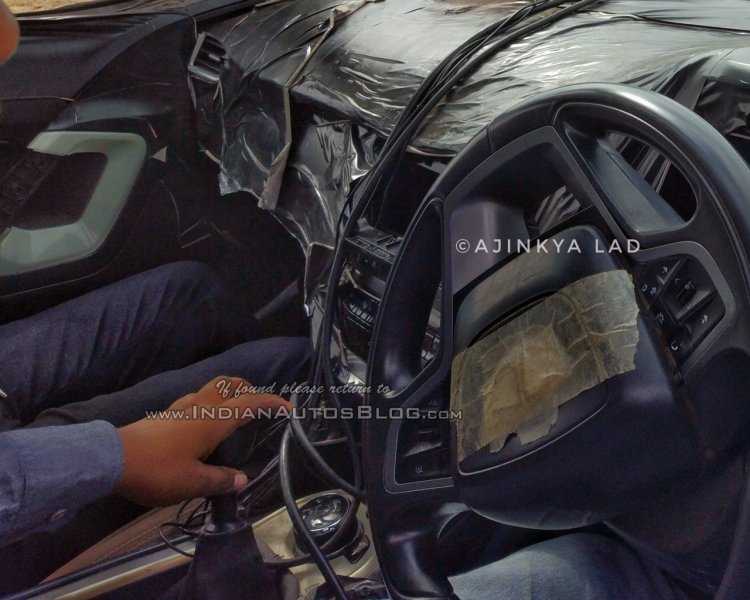
The Harrier is expected to be a feature-packed SUV with an 8.8-inch infotainment unit sourced from Visteon (which also supplies for the Range Rover Velar), MirrorLink, Android Auto, and Apple CarPlay, audio from Harman, chilled storage area in the armrest, cruise control, 6 airbags, LED taillights, leatherette seats and much more.
Where it appeared engineering and marketing teams in the Aria project sat at opposite ends of the pole, Tata seems to have streamlined its workforce on newer projects. The Harrier is announced to cost between INR 16-21 lakhs on the road, putting it bang in the middle of the hugely popular Hyundai Creta and the aspirational Jeep Compass (the Creta tops out at INR 18 lakhs whereas the Compass starts at INR 20 lakhs, OTR New Delhi). On the looks of it, Tata seems to have found a sweet spot for buyers wanting something more substantial (and not so mundane) than the Creta, yet for more or less the same value.
Apart from this, Tata's Mayank Pareek, President, PV unit, told IAB that the company is also undertaking a "big project" to upgrade showrooms starting January 2019 with a significant focus on digital experience. IAB understands this will include configurators with an option for customers to order and spec the Harrier online. Further, the company will make use of AR and VR technologies to demo the product to prospective customers.
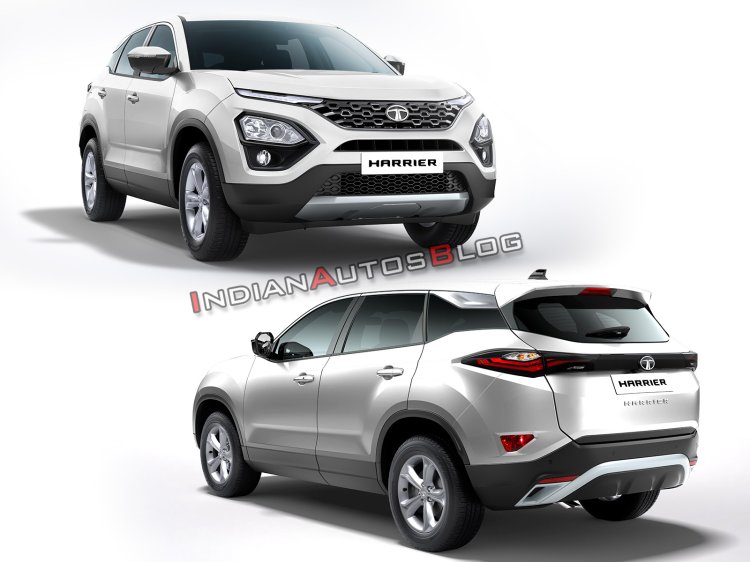
While the final price is still the decider, on paper until now, Tata has made sure mistakes from erstwhile projects are not repeated, and the market is ready for another premium SUV. The success of the Harrier is vital as Tata has future plans to not only build on the Harrier (with a 7 seat variant codenamed H7X), but also create all new segments in the mid and premium space.













